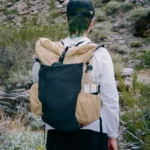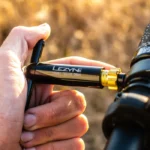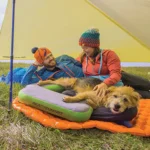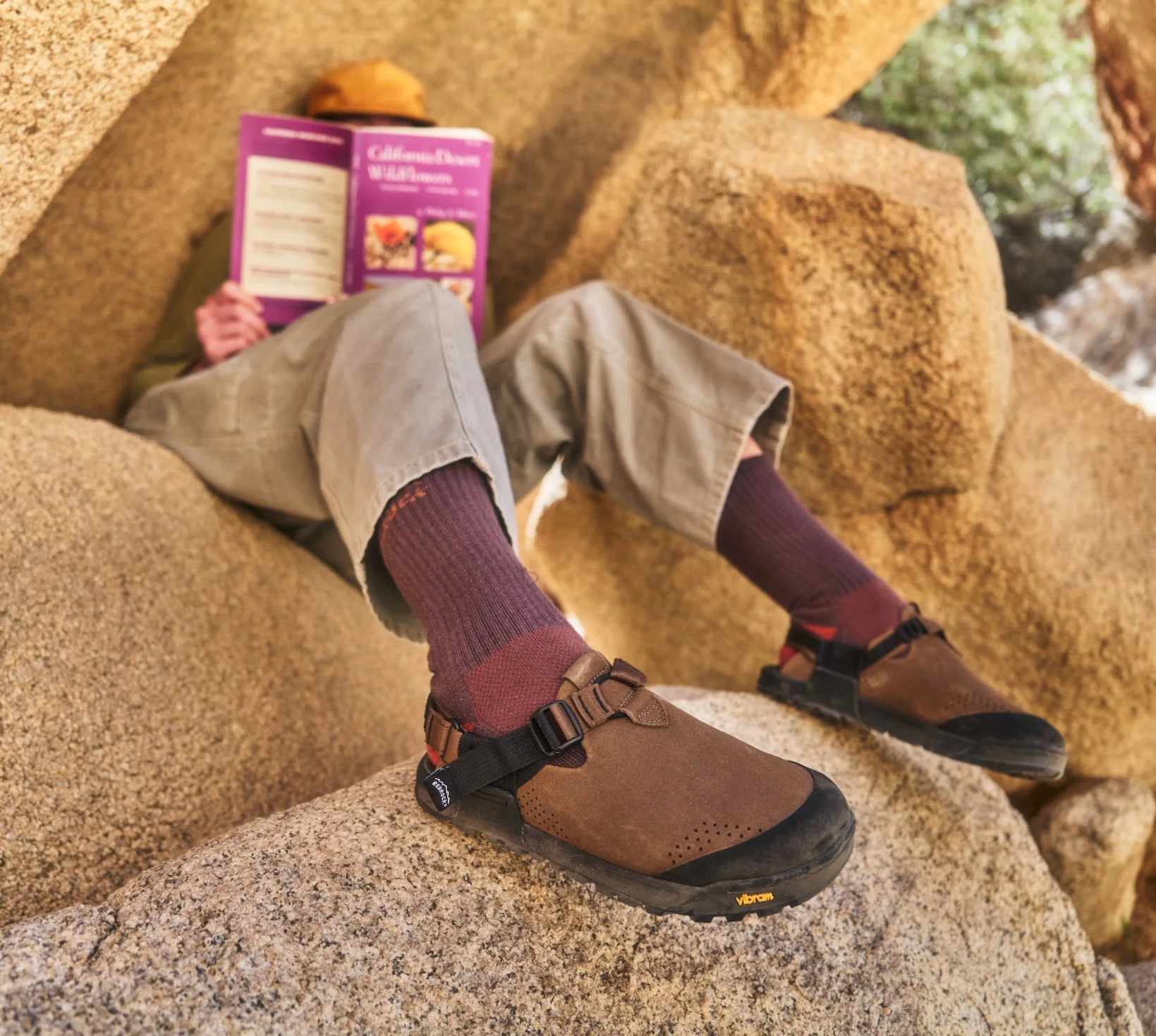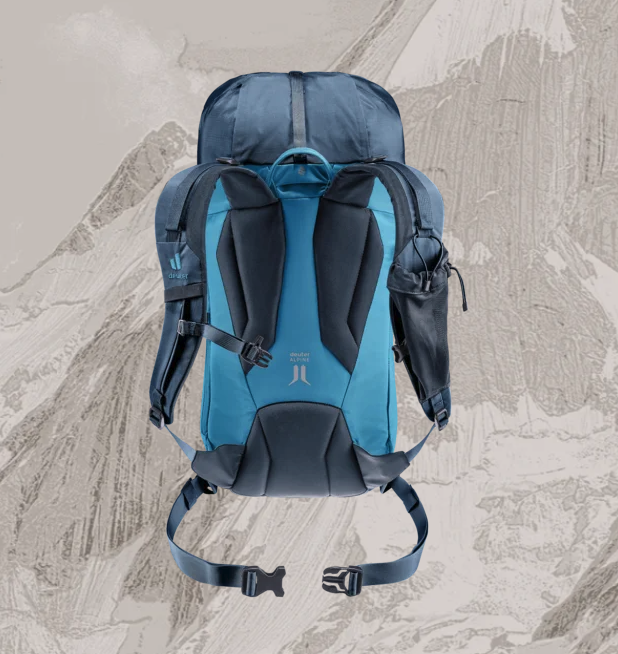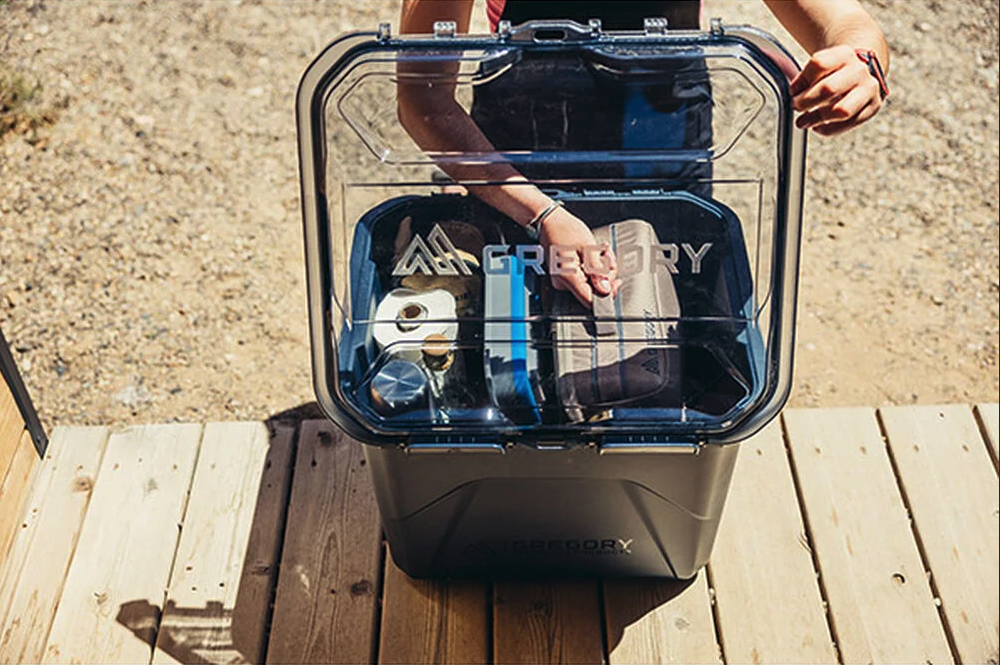
The Hoka Challenger 7 continues to evolve one of Hoka’s most versatile all-terrain shoes. Designed for runners who shift between pavement, park paths, and light trails, the 2024 version reworks its cushioning, weight, and geometry for a smoother, more responsive ride on mixed surfaces.
With an updated midsole, reduced weight, and slightly increased stack height, the Challenger 7 has become a stronger contender for daily miles, long runs, and moderate trail sessions. After 180km of testing across tarmac, gravel, forest trails, and wet urban paths, here’s how it performs—and how it compares to others in Hoka’s hybrid lineup.
Key Specifications
| Feature | Detail |
|---|---|
| Weight | ~252g (Men’s UK 9), ~212g (Women’s UK 6.5) |
| Drop | 5 mm |
| Stack Height | 31 mm heel / 26 mm forefoot |
| Midsole | Compression-moulded EVA |
| Upper | Engineered mesh with zonal support |
| Outsole | Durabrasion rubber with zoned lugs |
| Fit | Medium-width (Standard and Wide available) |
| Price | £130 RRP (often found at £110–£120) |
Design and Construction
The Challenger 7 features a sleeker profile than its predecessor. Hoka trimmed around 40g per shoe and reworked the foam geometry to enhance fluidity between road and trail transitions.
- Engineered mesh upper delivers zoned breathability and support without bulk. It wraps the midfoot snugly but allows toe room for swelling or splay.
- Gusseted tongue reduces debris entry and improves lockdown.
- Heel pull tab is well-integrated and sturdy for quick entry on race mornings.
- Padding around the collar adds comfort for longer outings, while still accommodating gaiters or ankle sleeves.
Visual appeal is more streamlined, with toned-down overlays and reduced branding clutter. The overall fit is true-to-size, and the internal volume suits neutral runners without excessive instep bulge.
Midsole and Cushioning
The 2024 update focuses on a softer but more stable ride. The Challenger 7 uses compression-moulded EVA foam instead of the Profly blend seen in some other Hoka models. This choice creates a balance of:
- Soft landings ideal for heel strikers
- Quick transitions thanks to the mild rocker profile
- Supportive platform that resists lateral roll on uneven paths
The slightly increased stack height (+2 mm over version 6) offers more underfoot protection without feeling disconnected. Compared to the Challenger ATR 6, the 7 feels more plush and consistent across mixed terrain.
Runners described the ride as “pillowy but precise” — not the marshmallow sink of maximalist shoes, but a noticeable cushioned feel that doesn’t numb road feedback.
Outsole and Traction
True to its hybrid nature, the outsole tread pattern blends road-smooth flow with trail-ready grip:
- Zoned Durabrasion rubber covers the forefoot, midfoot, and heel landing zones
- Smaller 4mm lugs provide surface contact on gravel and grass without the aggression of a full trail shoe
- Flex grooves under the forefoot aid adaptability on roots, steps, or broken tarmac
Grip on damp pavement and gravel was solid during testing. On true trails with mud or loose scree, the shoe reaches its limit — not built for technical trail descents, but ideal for smoother routes like canal paths, bridleways, and forest loops.
Fit and Comfort
The Challenger 7 delivers dialled-in comfort for daily use:
- Toe box is moderately roomy, with no hotspots or knuckle pressure
- Midfoot lockdown works well with standard lacing — runners with narrow feet may benefit from looped eyelets
- Heel collar holds securely without friction or rubbing
Wide-foot runners will appreciate the availability of Wide Fit models, which expand the forefoot without affecting heel or arch hold. After runs between 10–20km, we saw no signs of pressure-related discomfort or structural breakdown.
Road and Trail Testing
Pavement
Feels similar to the Clifton 9, but with slightly firmer ride and more flexibility underfoot. Perfect for runners who don’t want a pure road shoe but still spend most miles on concrete.
Gravel
Smoothly adapts to rail trails, canal paths, and gravel loops. Rearfoot grip holds strong in corners and descents, though deeper lugs would help on wet mixed surfaces.
Forest Trails
Fine for leaf-covered paths and mild singletrack. Does struggle a bit with thick mud or rocky drainage sections. Midsole stays stable under uneven loads.
Mixed Conditions
Water resistance is minimal, but drying time is quick. Ventilation was solid in 20°C+ runs, and the gusseted tongue kept out debris across dry trails.
Durability
After more than 180km of wear:
- Outsole rubber retained shape and grip
- Midsole foam showed no signs of compression or creasing
- Upper mesh resisted fraying and held shape well under repeated sock layering
- Lacing hardware remained sturdy with no loosening during use
Based on previous Challenger models, most runners can expect 500–600km lifespan before noticeable midsole fatigue or outsole smoothing.
Comparisons: Challenger 7 vs Alternatives
| Shoe | Weight | Stack | Drop | Terrain | Price |
|---|---|---|---|---|---|
| Hoka Challenger 7 | 252g | 31mm | 5mm | Road–Trail | £130 |
| Nike Pegasus Trail 4 | 310g | 36mm | 10mm | Mixed Trail | £125 |
| Brooks Caldera 6 | 278g | 33mm | 6mm | Trail-Focused | £140 |
| Saucony Ride TR | 255g | 35mm | 8mm | Hybrid Road–Gravel | £120 |
The Challenger 7 slots in as a do-everything hybrid, prioritising smooth ride, breathability, and durability without pushing into aggressive trail tech.
Pros
- Soft but stable ride across road and light trail
- Lightweight design with improved fit over previous versions
- Breathable mesh upper resists heat and debris
- Responsive cushioning suitable for long runs
- Durable outsole handles varied terrain
- Good value given versatility and performance
- Wide fit option available for broader feet
Cons
- Lacks deep traction for technical trails
- Water resistance is minimal in wet conditions
- Foam loses pop at faster paces
- Limited reflectivity for early morning or night runs
- No rock plate protection for sharp terrain
Final Verdict
The Hoka Challenger 7 (2024) is one of the best road-to-trail trainers in its weight class. With thoughtful updates to weight, geometry, and foam feel, it delivers a more refined run experience for anyone who mixes tarmac with light off-road routes.
It may not suit technical trail runners or speed-focused racers, but for the vast majority of runners doing long easy runs, commutes, or casual trail exploration, it hits the sweet spot between comfort and function.
Rating: 9.2/10
Best For: Hybrid runners, park loops, urban gravel, long easy runs
Avoid If: You need aggressive trail grip or water protection

